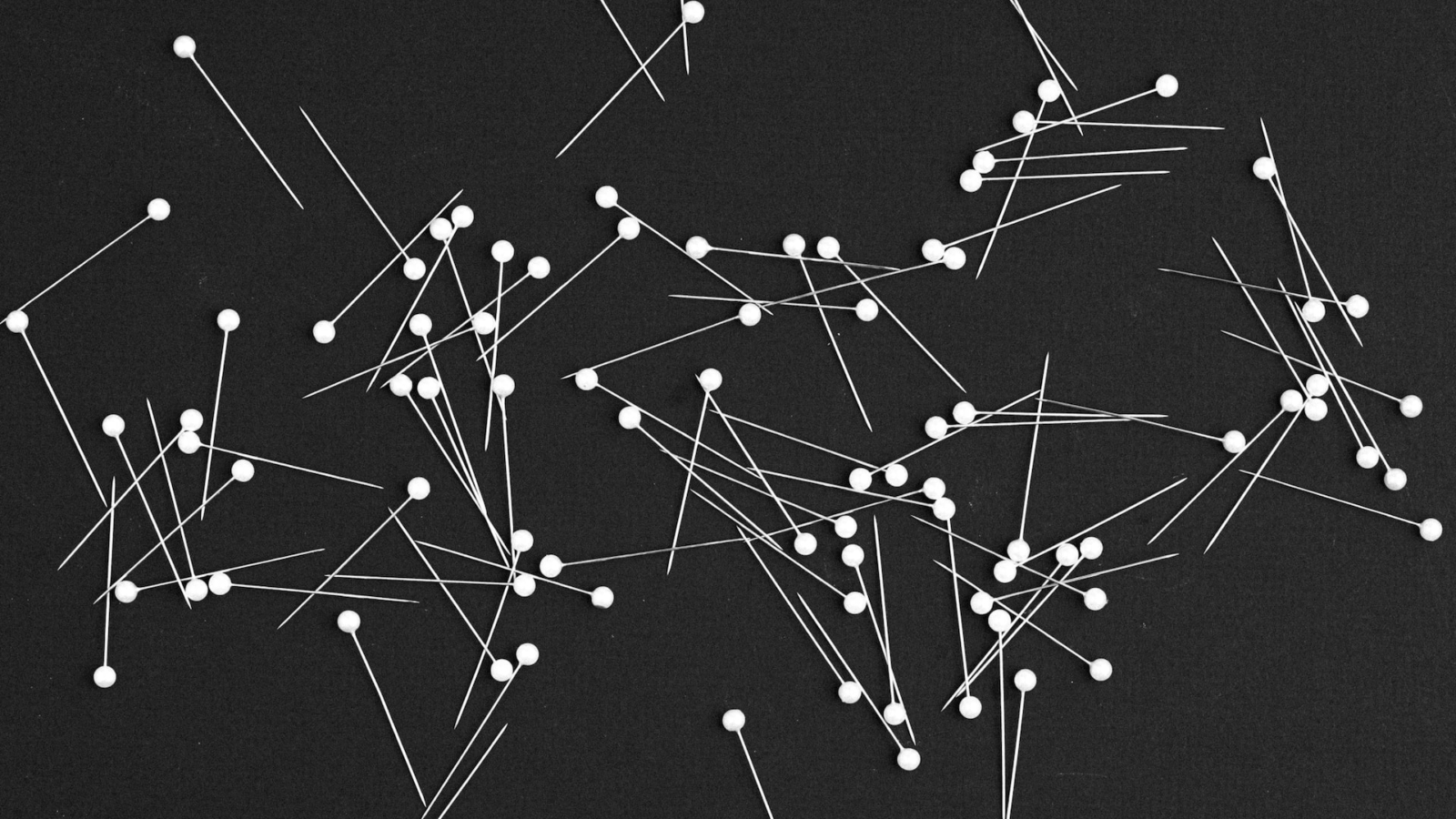Procedural generation is the process of creating game content using an AI system. This game content contains game levels of difficulty, characters, plots, items, and challenges.
Procedural generation has a wide range of applications. Various fields use this method, including gaming, arithmetic, calculations, animation, and graphic design. It can also be used in 3D modeling, editing movies, and creating artificial musical compositions, among other areas.
What is Procedural Content Generation?
PCG employs software algorithms to generate its content. This content includes things like levels, locations, characters, and soundtracks. The software creates these things automatically, without needing a human to plan and generate them by hand.
In simpler words, PCG makes its content with software algorithms. Content creators can produce a large volume of unique and different content rapidly and effectively. They can also create content that can change in response to player choices and activities. This enables them to provide a dynamic and engaging experience for their audience.
One of the key benefits of PCG is its ability to generate vast amounts of content, providing players with endless possibilities for exploration and replayability. Additionally, PCG can create a more personalized experience for each player, adapting to their play style, skill level, and preferences.
Computer programmers have been using procedural generation strategies for years now. There have been procedurally developed elements in previous video games. The Elder Scrolls II: Daggerfall is primarily procedurally generated.
Benefits of Using Procedural Generation In Game Designing
In game creation, PCG has several advantages, such as:
- Limitless content
The purpose of PCG in developing games is to provide a vast amount of content and gaming options. These options can improve player satisfaction. This results in a nearly limitless number of possibilities for players to enjoy.
- Replayability
Each playtime may seem unique to the last one. Procedural generators algorithmically produce content, creating more varied, singular, and unpredictable gameplay. Because every time a player plays, they can access new content, increasing replayability.
- Time and money saving
The procedural generator helps speed up and save money on game development. This can allow creators to concentrate on the game’s mechanics and plot instead.
- Innovation
PCG can inspire game designers to think creatively and develop new gameplay mechanisms, producing more inventive and distinctive games.
How to Use Procedural Generation in Game Design?
Efficient PCG involves specific strategy and execution. When creating and incorporating PCG into a game, consider the following actions:
- Purpose of PCG in the game
What kinds of content will be produced procedurally? Game designers should concern about the motive of PCG in their game before implementing it. By responding to these questions, designers can build a clear plan for PCG in the game’s development.
- Feedback on generated content
Game designers should evaluate generated content to ensure it is enjoyable and accurate to the game’s goal. The produced content can be improved, and the gameplay overall enhanced with player feedback.
- Selection of appropriate generative algorithms
Game developers should select algorithms that are appropriate for the kind of content they desire to produce.
To Conclude
In conclusion, PCG may significantly contribute to game design by generating countless gaming options. Games may provide high diversity and scalability by creating content algorithmically. The potential uses of PCG technology are numerous and intriguing as it continues to evolve. In the game business and beyond, it creates new opportunities for creativity and innovation.
Check out Camlann Games to learn more!



